“The Role of Fluid Pressure in Mechanics of Overthrust Faulting” by Hubbert and Rubey is a “groundbreaking” article from the end of the 1950s. It’s a remarkable piece of research, written in an old-fashioned way, for modern standards. Many ECS that may not have read the original paper yet are certainly familiar with its textbook content. Let’s go quickly through it! The article, as a key po ...[Read More]
100 years of Marie Tharp – The woman who mapped the ocean floor and laid the foundations of modern geology
Marie Tharp (July 30, 1920 – August 23, 2006) would have turned 100 on this very day and she continues to live through her legacy of having mapped the world’s oceans. Similar to famous painters, some of whom only gain appreciation after their death, Marie Tharp is one of the most underappreciated scientists in the history of the earth sciences. Marie was born in Ypsilanti, Michigan. Due to h ...[Read More]
Features from the Field: Chevron Folds
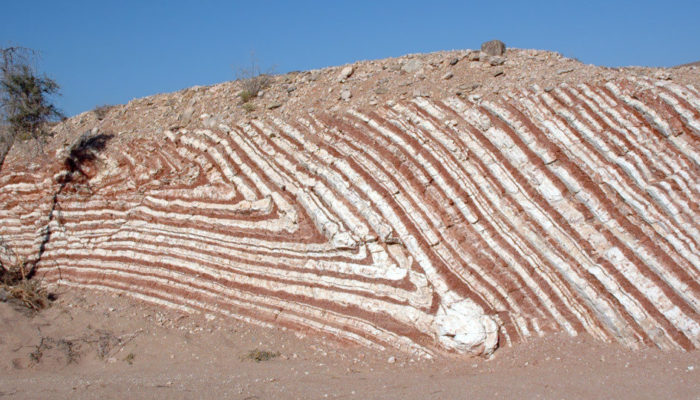
Folds are among the most strikingly beautiful structures we can observe in rocks. There are several ways folds may form in rocks. For instance, folds in sedimentary rocks may develop by liquefaction of soft sediments, but the most common way to produce folds – and also my favorite – is by deformation. When rocks are compressed by tectonic forces, layers (or foliations) bend and warp, p ...[Read More]
Features from the field: crenulation cleavage
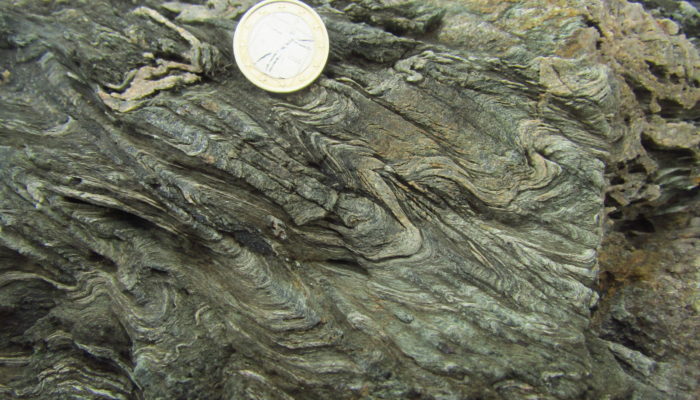
In one of the former episodes of the ‘Features from the field’ series we have talked about foliations, and how they develop when rocks are pushed together by the movement of tectonic plates. It is quite uncommon, however, that tectonic forces are active in the same direction for an unlimited period of time. The rule, rather than the exception, is that the orientation of tectonic forces ...[Read More]
Features from the field: Foliation
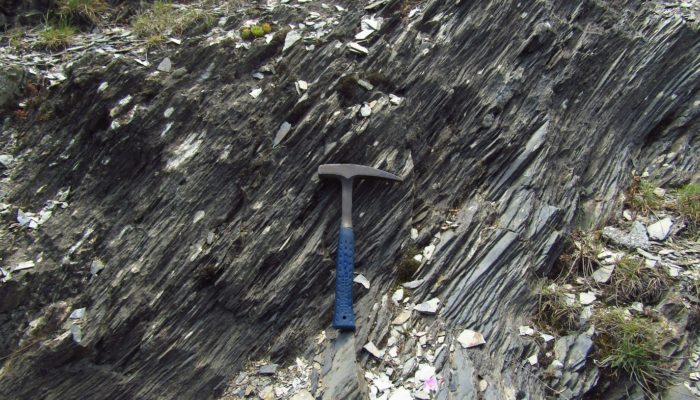
Have you ever walked on a mountain trail, passing past outcrops of rocks and noticed that many rocks appear to be split along a well-defined orientation? If you have, you might have seen one of the most important structures in metamorphic rocks – called foliation. The term ‘foliation’ derives from the Latin folium, meaning ‘leaf’. A rock with a foliation looks like a pile of R ...[Read More]
Minds over Methods: Virtual Microscopy for Geosciences

The next “Minds over Methods” blogpost is a group effort of Liene Spruženiece (left) – postdoctoral researcher at RWTH Aachen and her colleagues Joyce Schmatz, Simon Virgo and Janos L. Urai. The Virtual Microscope is a collaborative project between RWTH Aachen University and Fraunhofer Institute for Applied Information Technology (Schmatz et al., 2010; Virgo et al., 2016). In the ...[Read More]
Meeting Plate Tectonics – Jean-Philippe Avouac
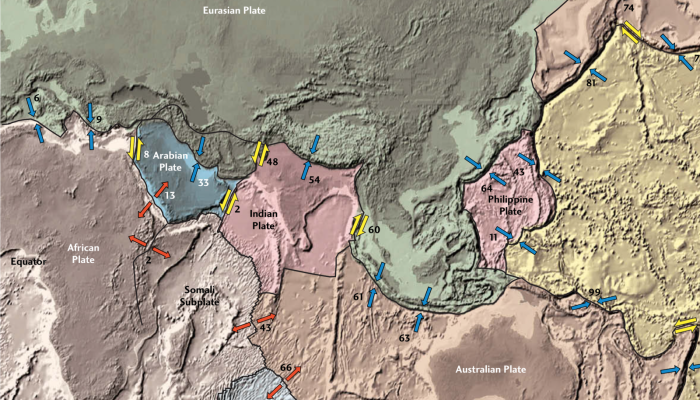
These blogposts present interviews with outstanding scientists that bloomed and shape the theory that revolutionised Earth Sciences — Plate Tectonics. Get to know them, learn from their experience, discover the pieces of advice they share and find out where the newest challenges lie! Meeting Jean-Philippe Avouac Prof. Jean-Philippe Avouac initially studied mathematics and physics during his underg ...[Read More]
Features from the field: Boudinage
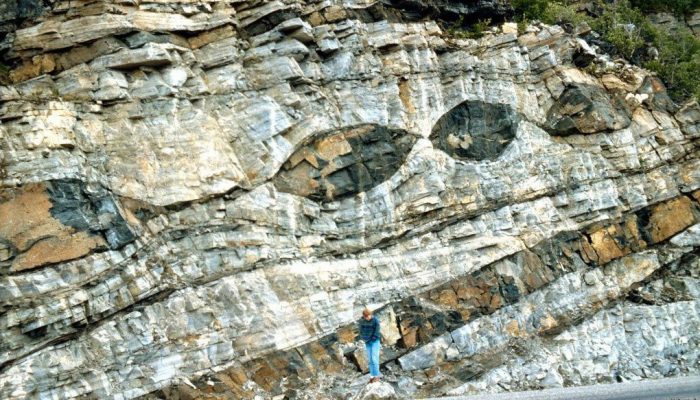
The Features from the Field series is back! In our previous posts, we have shown how rocks can deform during ductile deformation, producing folds. Folds very commonly develop in rocks when rock layers are shortened by tectonic forces in a specific direction. On the other hand, when layers are extended, we develop boudins. Boudins – the term comes from the French word for ‘sausage’ – are frag ...[Read More]
Meeting Plate Tectonics – Dietmar Müller

These blogposts present interviews with outstanding scientists that bloomed and shape the theory that revolutionised Earth Sciences — Plate Tectonics. Get to know them, learn from their experience, discover the pieces of advice they share and find out where the newest challenges lie! Meeting Dietmar Müller Dietmar Müller is Professor of Geophysics at the University in Sydney and leads the EarthByt ...[Read More]
Meeting Plate Tectonics – Cesar Ranero

These blogposts present interviews with outstanding scientists that bloomed and shape the theory that revolutionised Earth Sciences — Plate Tectonics. Get to know them, learn from their experience, discover the pieces of advice they share and find out where the newest challenges lie! Meeting Cesar Ranero Prof. Cesar Ranero is an Earth Science researcher, currently Head of Barcelona Center for Subs ...[Read More]


